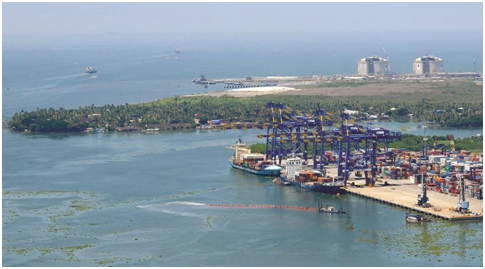
While India contends with supply shortages, Sri
Lankan ports are experiencing a notable increase in activity.
According to S&P Global Commodity
Insights, the demand spike has been primarily attributed to
longer voyages by ship owners and charters to circumvent the Red Sea region.
With the result, ports on India’s west
coast, particularly Kochi and Mumbai, are grappling with disrupted VLSFO (Very
Low Sulfur Fuel Oil) supplies, exacerbating the situation.
A trader based in Gujarat highlighted the
substantial rise in demand, and told S&P Global, “Demand
has substantially increased, almost by 30 per cent across Mumbai, Kochi and
Gujrat ports. Long haul vessels are calling more often now. The volumes that
were being lifted at King Abdullah port, Yanbu, Djibouti and Suez Canal have
now shifted to Indian and Sri Lankan Ports.”
The supply crunch at Indian
ports, particularly Kochi, has further bolstered demand at Sri Lankan ports
like Colombo and Hambantota.
Despite the increased demand, Sri Lankan ports
remain well supplied through consistent inflows from Fujairah and Singapore.
In response to supply shortages in India,
traders have redirected their inquiries to Sri Lanka, further driving up demand
in the region…supply constraints persist
in India, particularly at major ports like Kochi and Mumbai.
Meanwhile, an IOCL official shed light on the
challenges faced by refineries, stating, “The IOCL refinery in Gujarat underwent a partial
shutdown in February while the demand surged due to the Red Sea. Initially, the
refinery was producing in line with market demand.”
With the spotlight on India’s bunker fuel
production, it’s revealed that the entire production comes from only three
refineries, out of which HPCL and BPCL have lowered output.
In Haldia, while demand remains high, supply falls short of requirements
due to maintenance issues at the local refinery.